Signs of hormonal imbalance to watch for.
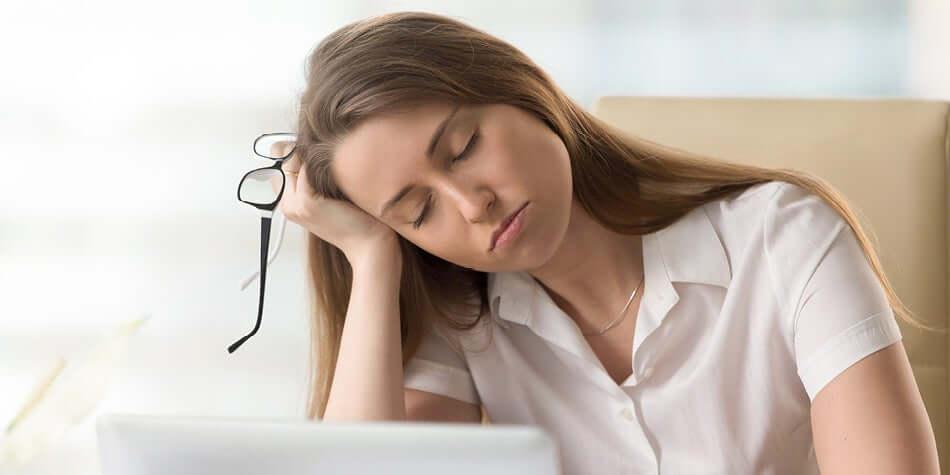
Hormonal imbalance can manifest through symptoms like fatigue, weight changes, mood swings, irregular periods, and skin issues. Recognizing these signs is key for treatment.

Hormonal imbalance can manifest through symptoms like fatigue, weight changes, mood swings, irregular periods, and skin issues. Recognizing these signs is key for treatment.
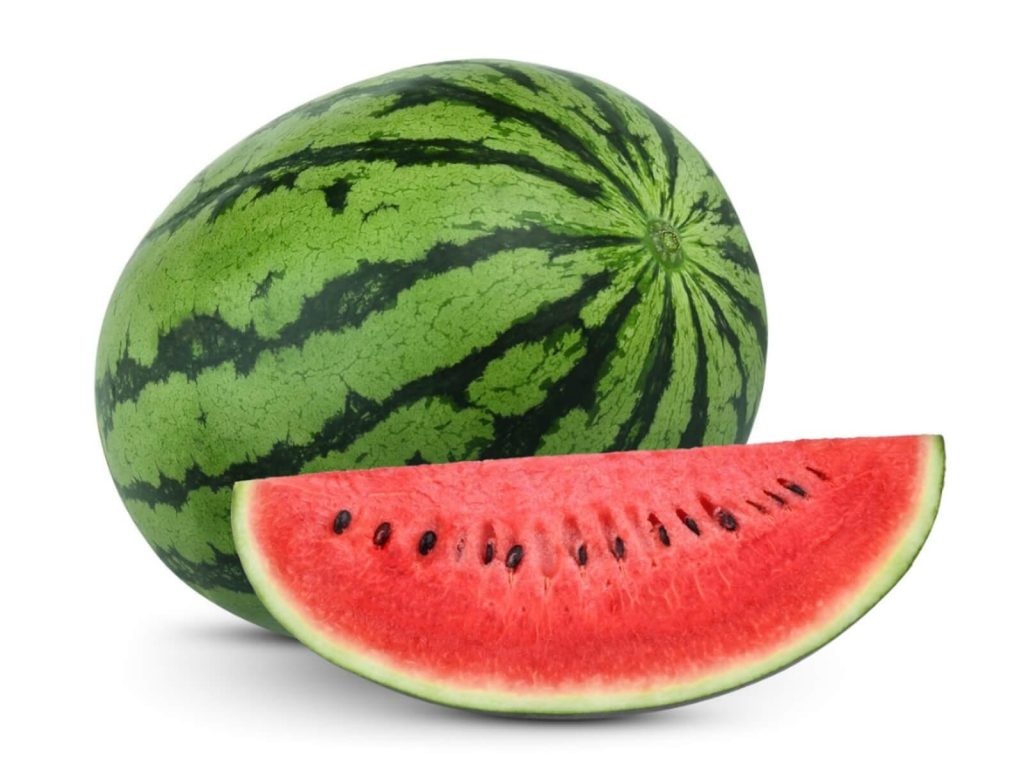
Watermelon and its seeds are rich in vitamins, antioxidants, and minerals. They support hydration, heart health, and digestion, while seeds provide protein and nutrients.
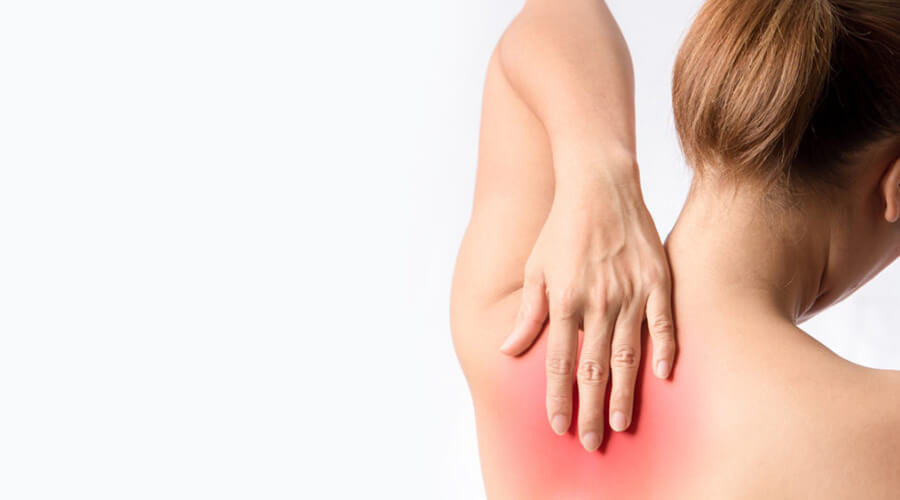
Shoulder blade pain can often contribute to back pain, caused by muscle strain, poor posture, or conditions like nerve compression or injury. Identifying the cause helps in treatment.

Discover effective home methods for bowel cleansing, including drinking plenty of water, eating fiber-rich foods, and using natural remedies like herbal teas for better digestion.
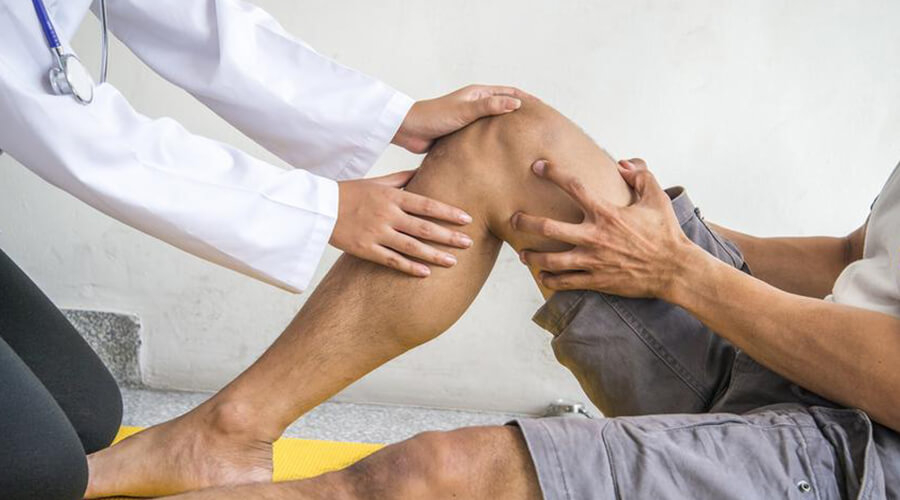
Learn effective ways to treat bruises, including using ice packs, arnica, compression, and elevation, to reduce swelling and speed up healing.
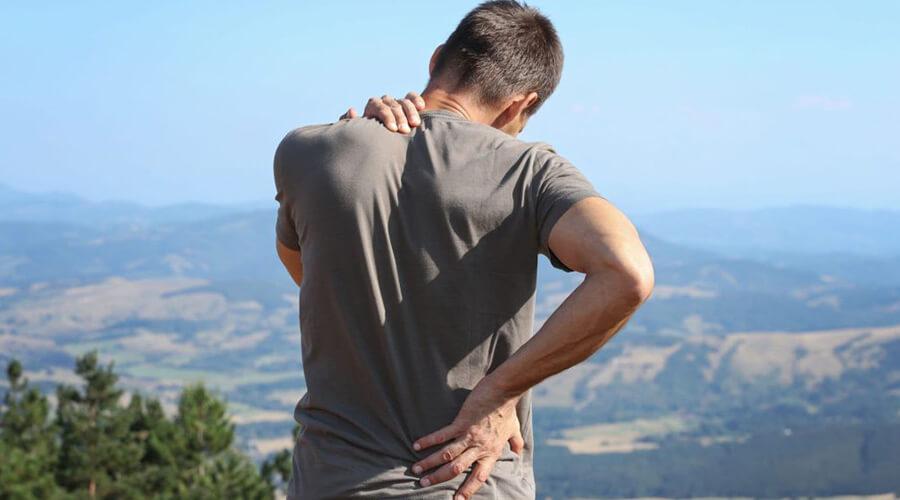
Shoulder sprain remedies include rest, ice, compression, elevation, stretching, and strengthening exercises to promote healing and reduce pain.

Birdweed offers health benefits such as anti-inflammatory properties, aiding digestion, and boosting immunity, making it a valuable addition to your diet.

Baking soda helps neutralize stomach acid, providing relief from heartburn, indigestion, and bloating by balancing pH levels and soothing discomfort.
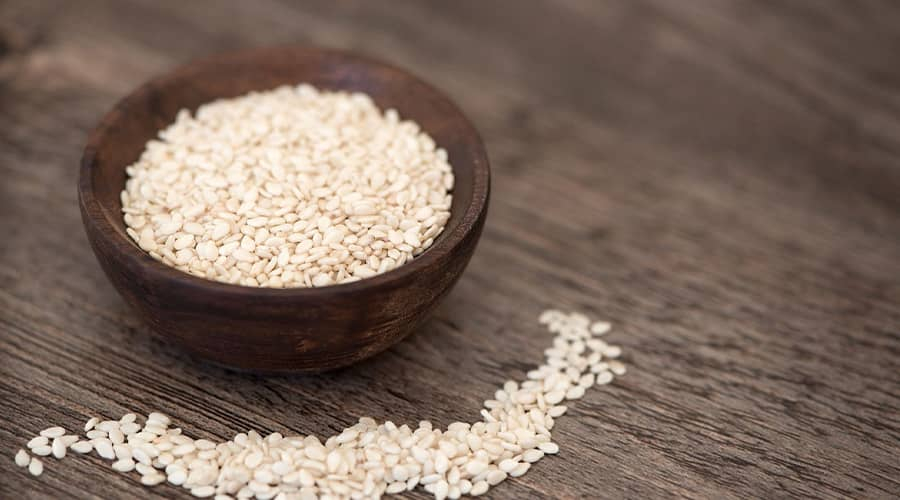
Sesame seeds are packed with nutrients like healthy fats, protein, and vitamins, making them a highly nutritious and valuable addition to any diet.

Treat mild bile issues at home by maintaining a healthy diet, staying hydrated, avoiding fatty foods, and using herbal remedies like peppermint and dandelion.